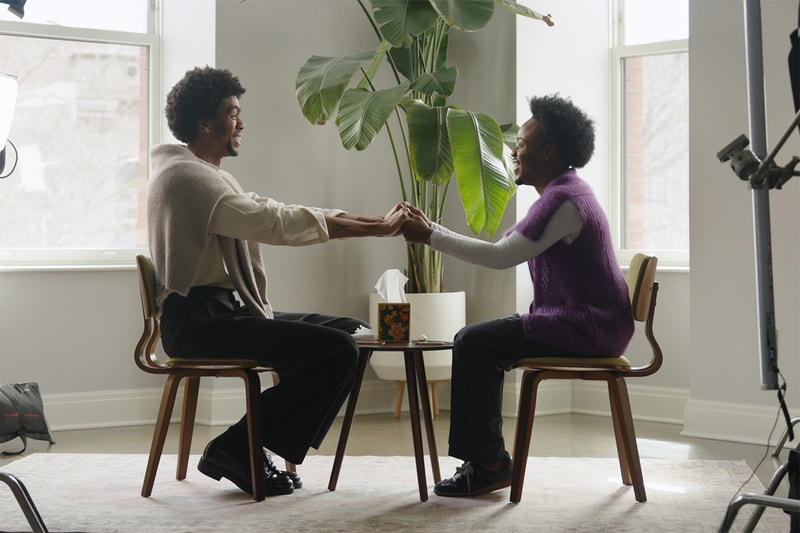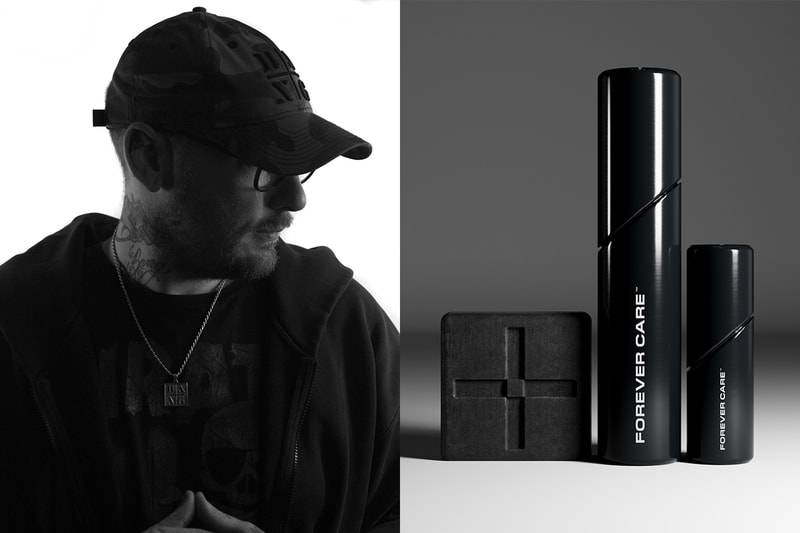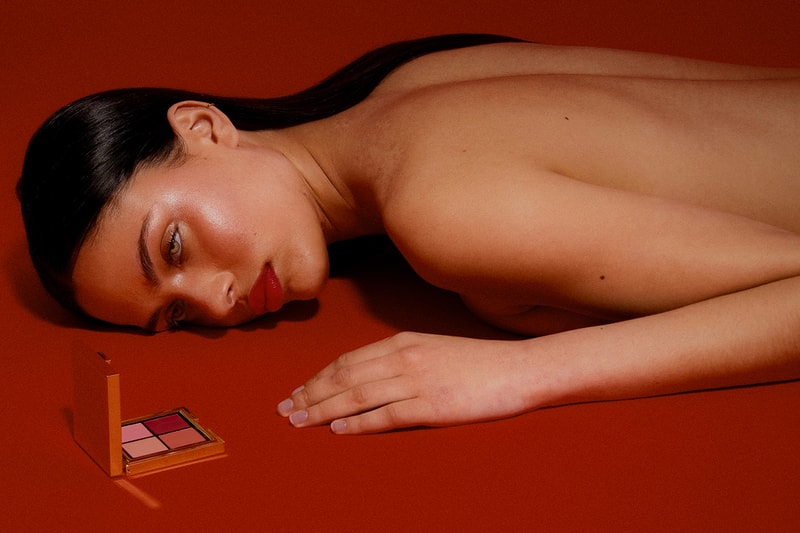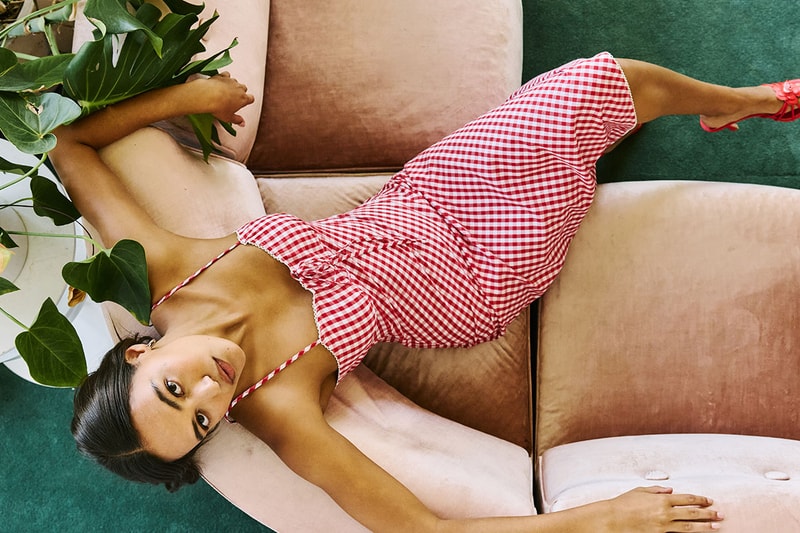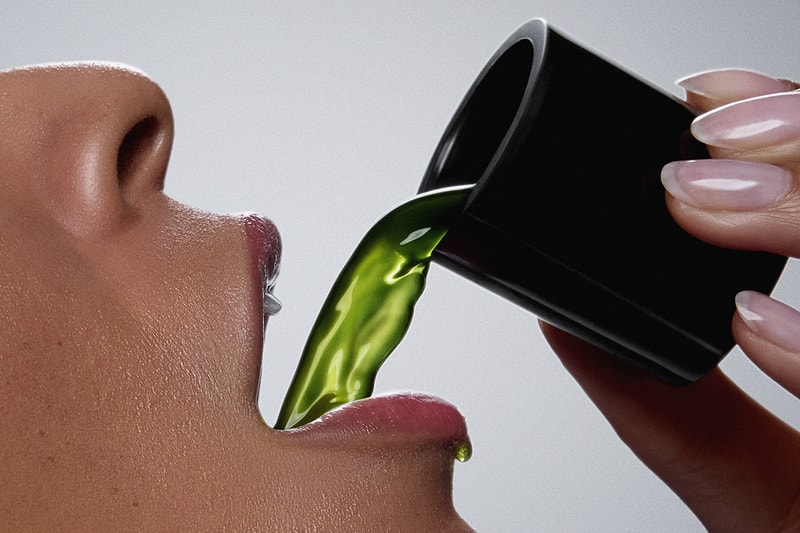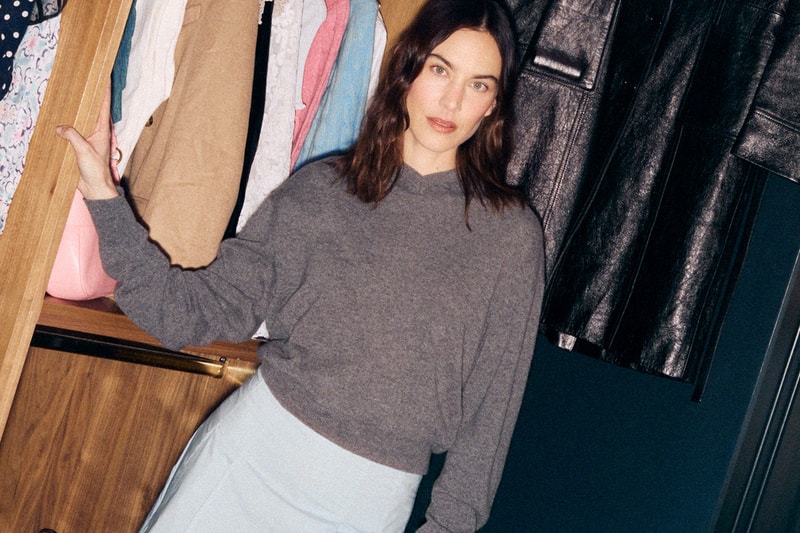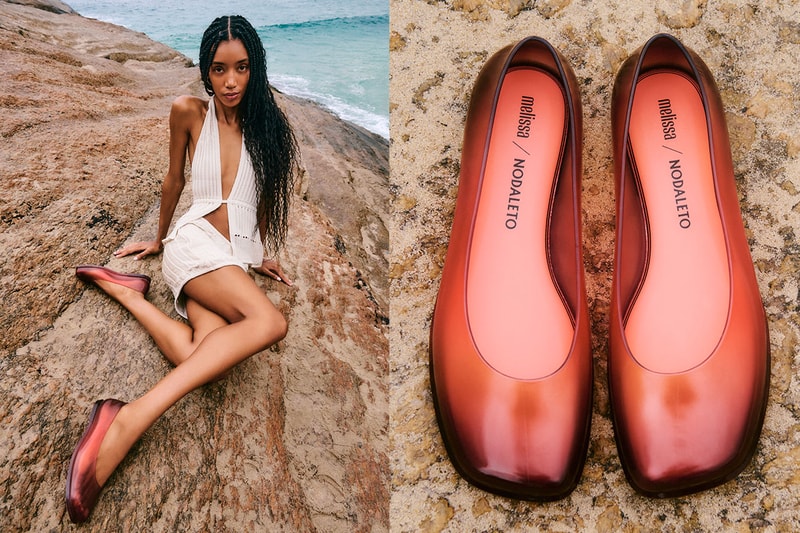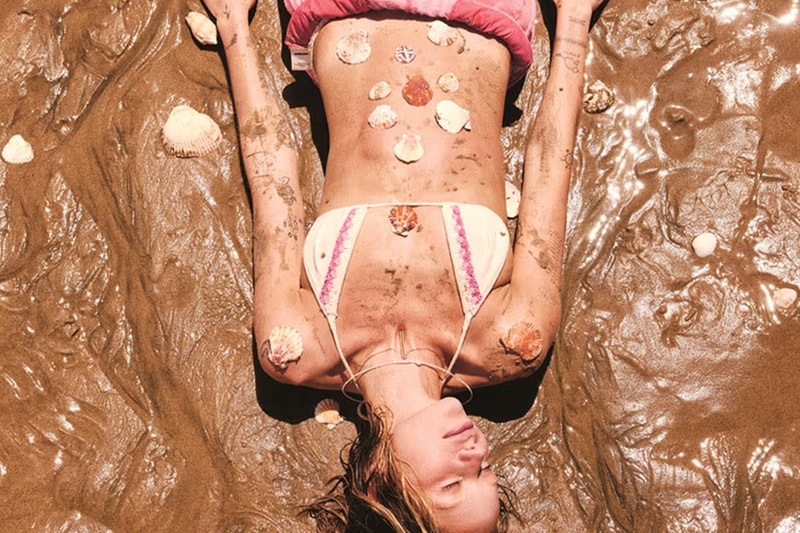How Do You Start an Upcycling Fashion Brand?
info@hypebae.com (Hypebae) Tue, 22 Apr 2025 Hypebae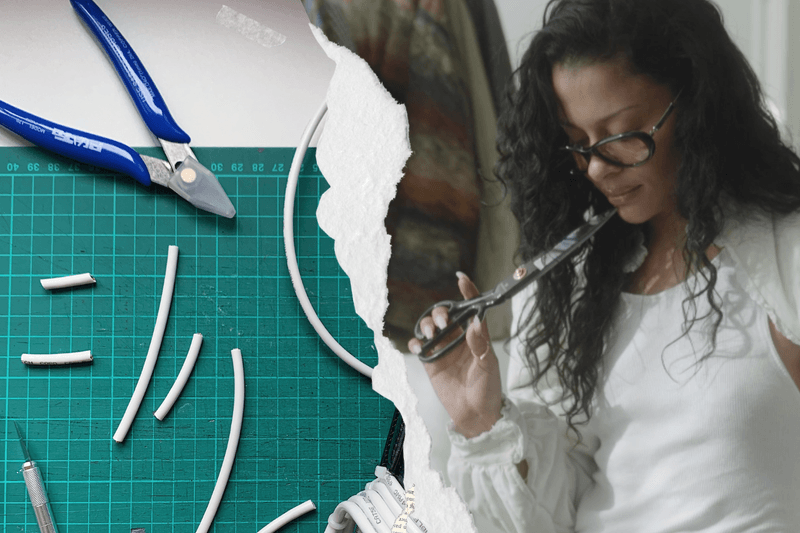
Welcome to Hypebae’s new advice column, Field Notes. This series will provide you with everything you need to know about tapping into your dream industry. Whether you’re an emerging designer, stylist, photographer or simply creatively inclined and seeking to make your side hustle your main gig, Field Notes is for you. Stay tuned monthly as we provide exclusive access to the creatives leading your field, their essential advice and words of encouragement for your next era.
Sustainable fashion has become all the hype, with upcycling emerging as an art form. As recession indicators stack up and shoppers grow more intentional with every purchase, upcycling designers have become the new IT Girls — turning scraps into style statements, and crafting one-of-one pieces that big brands can’t duplicate. But, how do they actually do it... and how can you?
Recently, CFDA Fashion Fund finalist, Sami Miro, partnered with Tinder to upcycle garments from past relationships for the future. Miro revealed that these partnerships are essential for upcyclers, as luxury fashion houses are slow to catch up to sustainability as the norm.
The fashion industry dragging its feet further encourages designers like Lou de Bètoly and Clara Chu to reimagine niche items like glasses and ice cube trays, respectively. Designer Cierra Boyd, founder of FRISKMEGOOD, has become renowned for repurposing cultural relics like Nikes into corsets for A-listers like Cardi B.
In true upcycling form, anything can be reimagined, encouraging young creatives like Charley Keighley, the designer behind one of London’s fastest-growing upcycling brands, KITTEN, and Campbell & Kramer founders, Presley and Alden, to remain loyal to their sustainable roots. Elsewhere, upcyclers like Amy Mazius from HOTHEAD and UK-based artist Tega Akinola are crafting garments and accessories from recycled scraps.
For more from these designers, keep reading for tips on how to start a brand, scale and more.
How did you begin upcycling? What gap in the market were you looking to fill?
Sami Miro: When I launched Sami Miro Vintage, I saw a huge gap in the market for elevated, sustainable, one-of-a-kind pieces that didn’t sacrifice aesthetic. The fashion industry didn’t really have an answer for people who cared about the planet and wanted to still look beautiful, unique, cool, and timeless. I knew I could be that bridge.
Clara Chu: I started in 2020, fascinated by readymades and everyday objects like ice cube trays and chopping boards. I wanted to re-engineer these mundane items into bespoke, luxury accessories. My goal was to raise awareness about our throwaway culture and rethink design processes using limited resources.
Amy Mazius, HOTHEAD: When I moved into a warehouse, I began upcycling old linens from my grandmother to make quilted, pojagi-inspired curtains. Making large-scale pieces created a lot of small scraps, and I wanted to find something to do with them. I started making barrettes with those little off-cuts. I wanted hair accessories that were imperfect, unserious and cute. Something that would remind me to worry less and have more fun. I figured if I wanted that, there must be other people who want it too.
Lou de Bètoly: I always found it fascinating how objects get valued or devalued, and I’ve always been interested in what is considered "trash." When I started, I was simply fed up with seeing a world saturated with fast-produced products and garments.
Tega Akinola: I was starting to explore small, creative projects and to get materials, it made sense to buy second-hand and transform existing items. As my work developed, I wanted to differentiate it from other upcycled pieces on the market by viewing it more as a process of making fashion, than as a deconstructed aesthetic or particular look.
Presley Campbell and Alden Kramer, Campbell & Kramer: Our upcycling journey and brand began at the same time and place: in our freshman year dorm room at UCLA. We were roommates who bonded over loving fashion. In a sustainability course, we both learned the extent of how much waste occurs in the fashion industry, so we created a brand that repurposes the already existing materials.
Charley Keighley, KITTEN: We've experienced many versions of KITTEN while I figured out what the brand really was. I had ideas in my head of what I was trying to source, realised it didn't exist yet, and so thought "Sweet, I'll make that then." I realized that the gap in the market that I was looking to fill is for myself as a shopper.
Cierra Boyd, FRISKMEGOOD: I started upcycling out of necessity. After graduating from college and launching my clothing line, I couldn’t afford the fabrics I really wanted to work with. So, I turned to what I had — materials stored in my attic. Surprisingly, the upcycled pieces resonated with people way more than the designs I was creating with commercial fabrics.
What’s your personal "why?"
Miro: My "why" is rooted in creating change. I want to redefine what sustainability looks like in fashion and show that it can be cool, aspirational and forward-thinking. I’m also a woman of color in a space where we’re still underrepresented, and I carry that responsibility with pride. It’s about showing the next generation that you can build something meaningful and beautiful — without compromising your values.
Chu: I want to create unusual but beautiful designs that surprise people when they realise what they’re made from. For me, it’s about seeing value in the unexpected and shifting our mindset away from the mainstream. Growing up in Hong Kong, surrounded by markets full of mass-produced plastic and rubber goods, I was always intrigued by the potential of these everyday materials.
KITTEN: There are too many clothes in the world (and WAY too many sh-t clothes), so the reason is simply to find some good clothes that are in the bin, and bring them back to the front row.
Where do you source your materials from and how do you choose what to use?
Akinola: Depending on the project, it varies. If it’s a conceptual, just-for-fun project or a prototype, I buy preloved and second-hand items and materials to repurpose them. When it comes to final products, I have to consider quality a lot more, so I combine new and existing items, and try to source locally and in small batches.
Chu: Our studio keeps an extensive archive of found materials sourced from recycling centres, scrap stores, charity shops and individual donations from my open studio sessions and workshops. I've also worked with museums and youth centers to repurpose non-collection archive pieces.
HOTHEAD: I accept donations from luxury brands like Vaquera and Dsquared2 that have accrued scraps and fabric bolts from past seasons. It's pretty complicated and can be expensive for a brand to donate scraps. Not many companies are able to take on scraps from fashion brands to clear the critical studio space old season material occupies. I make things out of anything, so if you are a luxury brand and have scraps, call me!

What’s your best sourcing success story?
Chu: When I was the designer-in-residence at Young V&A, I repurposed lost and found items left unclaimed at the museum. People left things like sunglasses, beanies and even full backpacks.
Campbell & Kramer: I wouldn’t say we’ve had one big success story; rather, we enjoy little wins: finding thin cashmere knits, soft pale yellow cottons, sheer polka dot meshes, stretch lace trim and more.
FRISKMEGOOD: Connecting with The Surgeon — a true legend in the sneaker-making community. That relationship changed everything for me. Once we linked, I gained access to a consistent, high-quality supply of sneakers, and it opened up a whole new level of creative freedom.
What’s the most interesting object/material you’ve incorporated into your creations?
Akinola: Probably Ethernet and USB cables. I’ve realised there are so many things that can be made from them.
Lou De Bètoly: A full box of glasses. I’ve dismantled, used and transformed every single element. The lenses, the templates, the frames and the nose pads.
Campbell & Kramer: We piloted some printed denim. We sourced literature, drawings, and scientific notes from the British Public Library, burned these engravings and sketches onto a screen and then printed them on vintage Levi’s, adding unique cuts, as well.

What’s the biggest challenge you’ve faced having a sustainable brand? Either in the design process or in the industry at large?
Akinola: Knowing when to make only one-of-one or limited pieces, and when to make bigger batches to scale. At the end of the day, it’s still a fashion business, and finding the balance between those two can be quite tricky to navigate.
Miro: Sustainability still isn’t the industry standard, so it can be frustrating to see how slowly things shift. But, I remind myself that the discomfort is part of the change, which is why I continue to partner with bigger, established brands to show them new ways to think about reducing waste, making impactful choices, and proving that sustainability and style can coexist — and elevate each other.
KITTEN: Each piece being a unique one-of-one rework makes the workload 100x harder because you can't just perfect a style and be like ‘Ok sweet let's make 100 of those.’ Every individual garment needs to be made, measured, shot, uploaded and shouted about. It's a lot of work, but that brings us back full circle to why we're here: there are too many clothes in the world, we need to slow down and celebrate them, piece by piece.

What advice would you give to someone starting in the field of sustainability and upcycling design?
Miro: Start small, stay intentional, and don’t let perfection or fear stop you or your progress. Sustainability is a journey. It’s not about being flawless, it’s about being mindful. Lead with your values, embrace your limitations as creative boundaries and know that your unique voice is your biggest asset. The world needs more thinkers and makers who care.
Campbell & Kramer: There’s always a solution; you just have to get creative and find it. Staying true to your mission will get hard at times. There will be plenty of opportunities where it would be a lot easier and cheaper to deviate. If you refuse to cut corners, it will force you to get creative and find a solution to maintain your brand pillars of sustainability. You will eventually find your right audience who will support you (and how hot your designs are).
FRISKMEGOOD: Start today — don’t wait. We live in a time where social media gives everyone a platform, and the key is consistency. Don’t get caught up in thinking your work isn’t good enough or that no one will notice, because you never know who’s watching. Stay true to yourself, have fun with the process, and trust that everything else will fall into place.
This interview has been condensed for clarity.
In other news, enter the ultimate girls room at Coachella, featuring Chappell Roan.
